Receding gums is a symptom of gum disease (periodontitis). It is when your gums pull back from the surface of your tooth at the gum line and more root than usual becomes exposed.
Unfortunately, gum recession is permanent and is not naturally reversible. It may be possible to receive a gum (soft tissue) graft, and your dentist will be able to advise you on this in a case-by-case basis.
Fortunately, receding gums is usually an early sign of gum disease so if it is spotted early enough then the recession can be treated and be prevented from worsening even further. Next you can browse some of our dental implants photos:
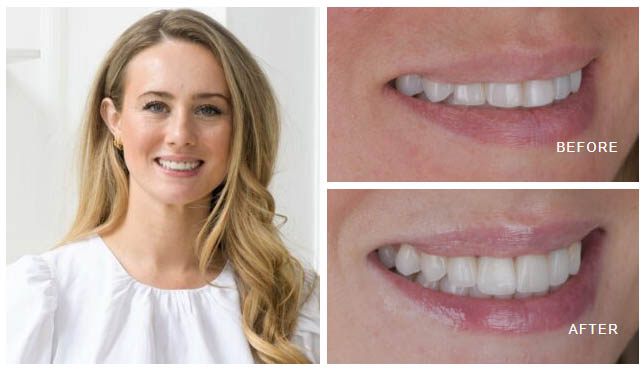
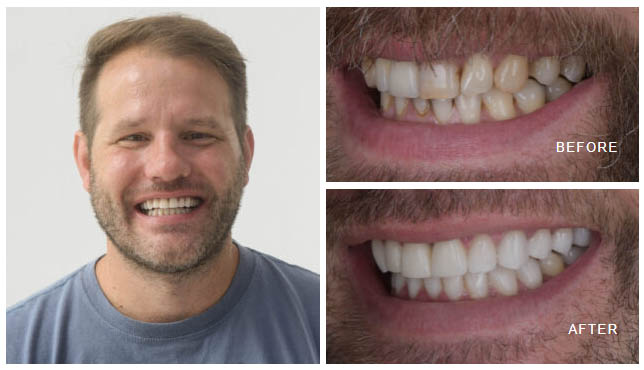
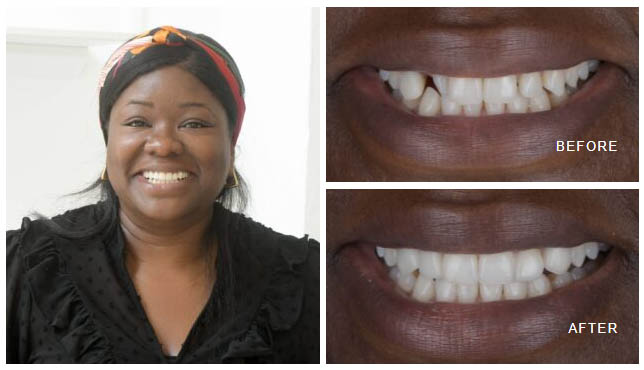
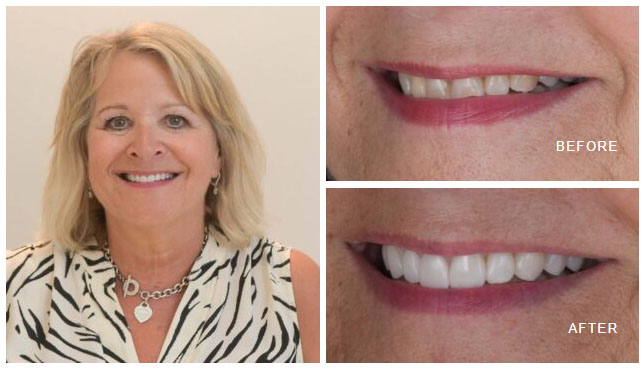
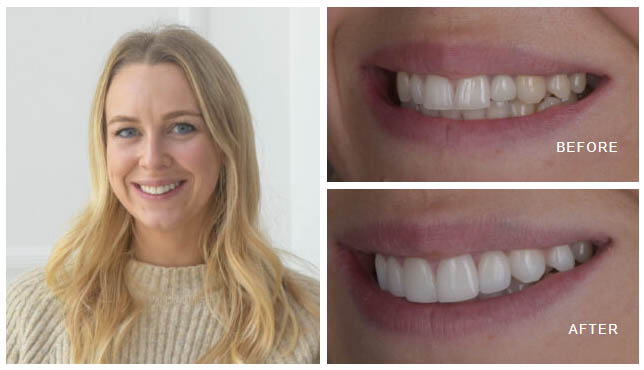
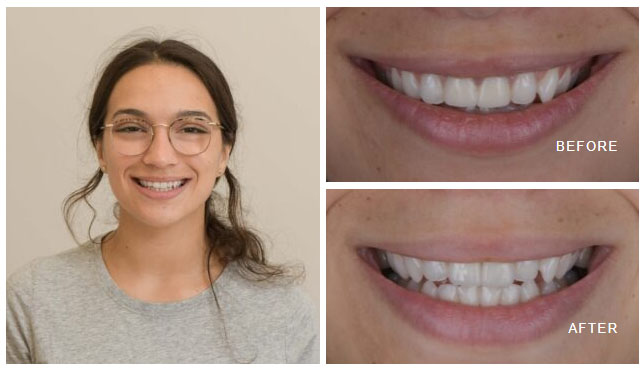
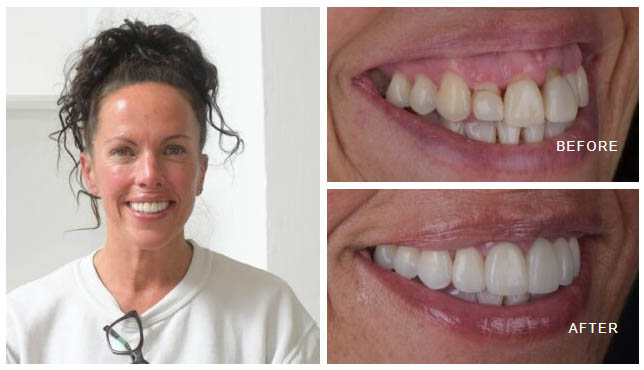
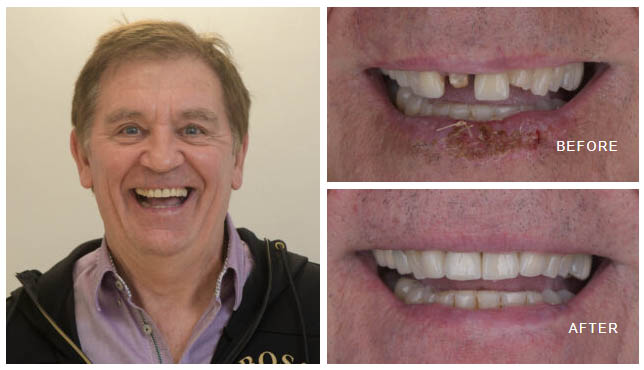
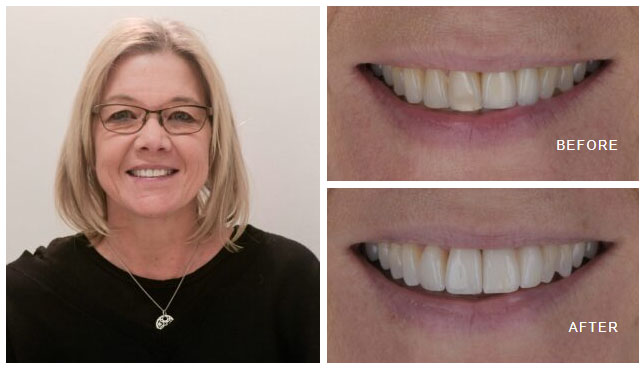
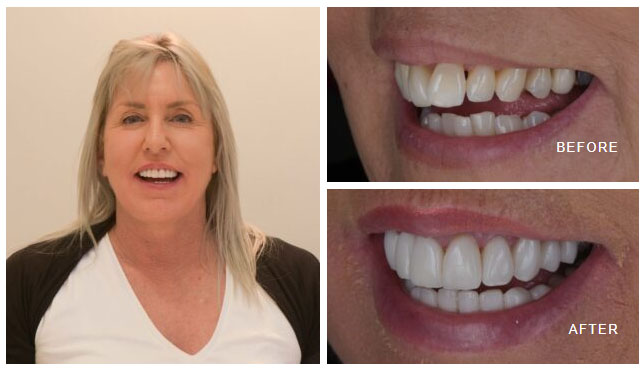
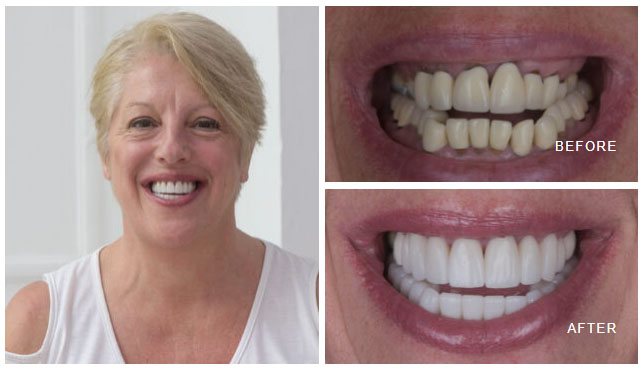
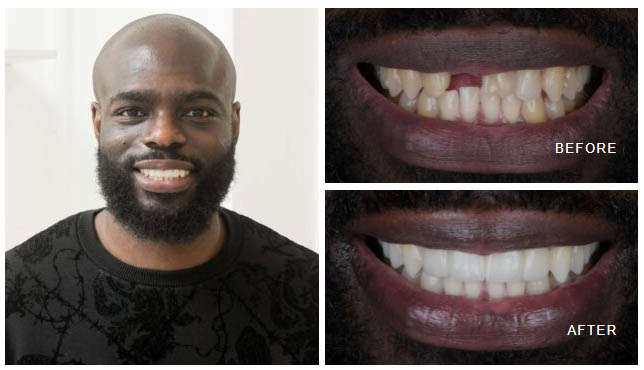
People with dental problems such as periodontal disease may be considering dental implants if they are on track to lose a tooth or if they simply want a long-lasting, perfect smile.
However, periodontitis can cause serious damage to the teeth, gums, and bone content in the jaw which could potentially prevent you from being suitable for receiving dental implants.
Can you have dental implants with receding gums?
No, it is not possible to receive a dental implant if you currently have receding gums. This is due to the fact that receding gums is a symptom of gum disease and you cannot receive a dental implant while having gum disease.
For dental implants to be successful, there needs to be a suitable amount of bone (hard tissue) and gum (soft tissue) content. This is because the implant needs to remain securely fitted in the mouth to prevent causing further damage.
Without the appropriate amount of soft tissue, there would not be a secure fit on the tooth which could potentially host problems such as a loose implant, gum inflammation, and infection.
Infection after receiving an implant is a serious condition and can lead to periimplantitis which could result in you losing your new dental implant and the infection has a chance of spreading further away from your implant site.
To receive a dental implant after having receding gums, your dentist must be able to confirm that there is no lasting permanent damage below the gum and can do so with an x-ray. If your results come back positive and you have managed to stop your gums receding any further, then you may be eligible for dental implants.

I have receding gums, what are my options?
After gum recession, the tissue is lost for good and cannot return on its own. For you to become eligible for a dental implant post-gum recession then your gum must not have receded by too much and your dentist must be confident that the recession has completely stopped.
To treat receding gums your dentist may recommend the use of an antiseptic mouthwash that contains either chlorhexidine or hexetidine. You may also need a deep clean in your mouth with a service called scaling and root planning. This treatment removes the hard tartar on the surface of the tooth and smooths the surface of the exposed root which prevents bacteria build up. As an extreme measure, regenerative surgery may be required to treat periodontitis.
If the gum has already receded by too much by the time you get it under control, then you may have to receive a gum graft for you to be eligible for a dental implant.
There are multiple ways a dentist can increase the amount of soft tissue in your mouth. One of which is a connective tissue graft, where tissue is removed from the beneath the skin on the roof of your mouth and is then stitched to your gum line.
Your dentist will be able to advise you on the best course of action depending on your own individual circumstances.
With the high success rate of soft and hard tissue grafts, it is likely that you will be able to receive dental implants after suffering with receding gums and gum disease.



